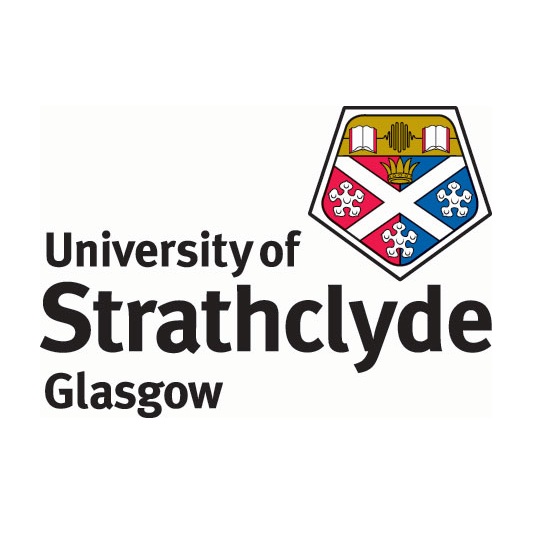SIPBS User Questionnaire

Post occupancy evaluation also entails an assessment of comfort and satisfaction level of building users. This can be done by either a formal interview of all or a section of the occupants, or with the use of user survey questionnaires. The questionnaire option was adopted as it is quicker and allows interviewee freedom and some degree of informality while responding to questions.
Two sets of questionnaire were produced. The first set was sent by e-mail. The responses were collated and condensed and used to produce the second questionnaire. These were administered in a semi-formal interview session.
Some findings from the user survey are shown below and categorised under Thermal Comfort or Occupancy Profiles.
Questionnaire Results
Thermal Comfort
Results show 68% of respondents are dissatisfied with thermal condition of their working environments. Some of the issues raised/discovered from this survey were further investigated by detailed site visits and analysis of BMS data.
One of the issues raise is rooms being too cold, a consequence of the cold wall effect, and rooms being too warm.
As shown above, thermal discomfort was experienced both throughout the day and throughout the year. These are indicative of problems/error with operation and scheduling of building HVAC system as the responses show the same number of people experiencing thermal discomfort at all points during the day and for all the seasons of the year.
Ocupancy Profiles
All respondents specified that they use the building during weekdays, while 10% of them also work on weekends. Expectations were that the scheduling of plant room operation would be skewed to accommodate this fact but not so as discovered from review of design specs/intent and actual operation scheduling seen through the BMS. It was also found that from the user questionnaire that all users of the building work a dayshift with the specific hours as shown in the histogram below.
From this histogram it can be seen that the traditional dayshift, between 9am to 5pm, is the busiest time period of the day with all the responses from the users saying they use the building during these hours (with the exception of 9am to 10am as one of the users does not start work till 10am). This was an indication of the occupancy profiles of the SIPBS building which could be applied to the IES modelling and simulation in order to calculate the annual energy consumption. This profile, coupled with the BMS data was able to give an indication of when the plant room (boilers, chillers etc) should be fully operational and also to identify problems of excessive energy consumption due to inadequate plant operation scheduling.
SIPBS User Questionnaire Conclusions
Overall, findings from user survey show high percentage of people dissatisfied most of the time and throughout the year. Predominant complaint was that building was too cold especially during winter. This was attributable to the cold wall effect.

